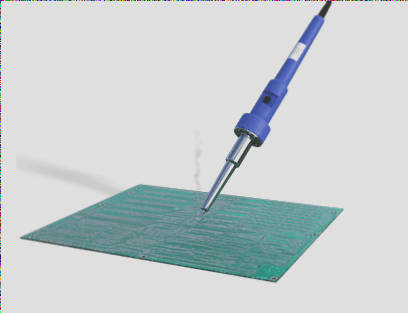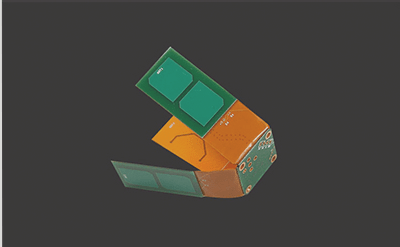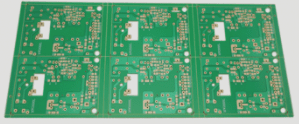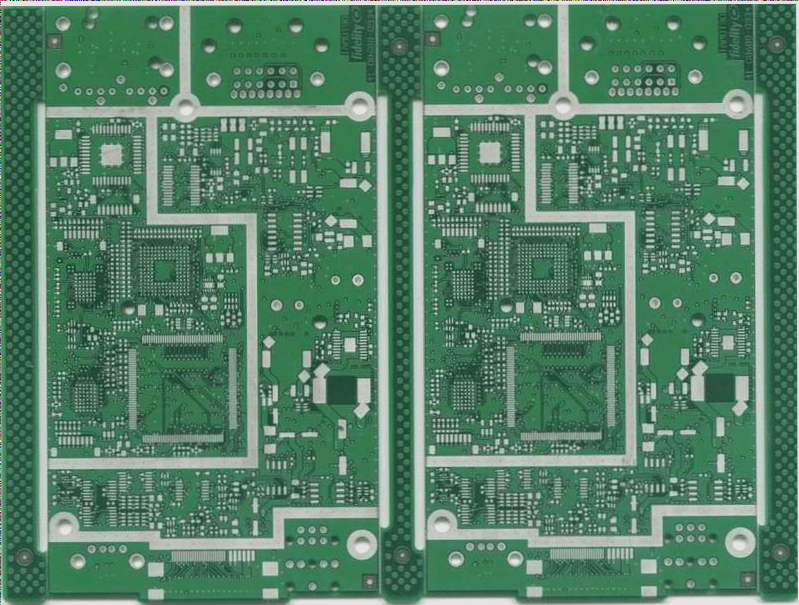Designing a Multilayer PCB for Electromagnetic Compatibility (EMC)
- Before creating a multilayer printed circuit board (PCB), it is crucial to define the electromagnetic compatibility (EMC) requirements. This includes factors like PCB size and design constraints.
- Choosing the right PCB structure, whether it’s a 4-layer, 6-layer, or higher-layer count PCB, depends on these requirements.
- Deciding on the placement of internal electrical layers and signal allocation across these layers defines the stack-up structure of the multilayer PCB.
- The stack-up configuration significantly impacts the PCB’s EMC performance by reducing electromagnetic interference (EMI).
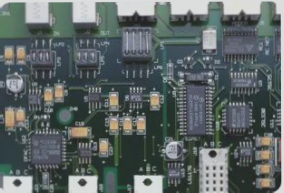
Layer Selection and Stack-Up Structure
When designing a multilayer PCB, several factors come into play:
- More layers offer better routing options but also increase complexity.
- Symmetry in the laminate structure affects manufacturing costs and difficulty.
- Consider routing bottlenecks, wiring density, and special signal requirements.
- Placement of signal layers, power/ground layers, and high-speed signal layers is crucial.
- Multiple grounded internal layers can reduce ground impedance and interference.
- Ensure symmetry in the layer structure for balance and performance.
Common Stack-Up Structures
For a 4-layer PCB, common stack-up configurations include:
- Signal_1 (Top), GND, POWER, Signal_2 (Bottom).
- Signal_1 (Top), POWER, GND, Signal_2 (Bottom).
- POWER (Top), Signal_1, GND, Signal_2 (Bottom).
Choosing Between PCB Stack-Up Options: A Comprehensive Guide
When it comes to designing a PCB, selecting the right stack-up option is crucial for optimal performance. Let’s delve into the differences between options 1 and 2 to help you make an informed decision.
Option 1: 4-Layer Board Structure
- Preferred choice for most designs where components are placed on the top layer.
- Bottom layer usually has fewer signal traces, allowing for effective coupling with the power layer.
Option 2: Alternate Choice for Specific Designs
- Suitable when components are placed on both the top and bottom layers.
- May be more appropriate if the dielectric thickness between power and ground layers is large.
Exploring 6-Layer Board Examples
Let’s examine different stack-up structures for a 6-layer board to understand how they impact performance:
Scheme 1
- Offers 4 signal layers and 2 internal power/ground layers.
- Drawbacks include spaced-apart power and ground layers, leading to poor coupling.
Scheme 2
- Provides better coupling between power and ground layers compared to Scheme 1.
- Signal isolation issues persist due to adjacent signal layers.
Scheme 3
- Improves upon previous schemes by reducing signal layers and adding an internal power/ground layer.
- Ensures tight coupling between power and ground layers, enhancing signal isolation and reducing crosstalk.
While no single stack-up structure fits all design requirements, prioritizing principles like tight coupling between power and ground layers and positioning high-speed signal layers appropriately is crucial for optimal performance. If you’re in need of PCB manufacturing services, feel free to contact me.

